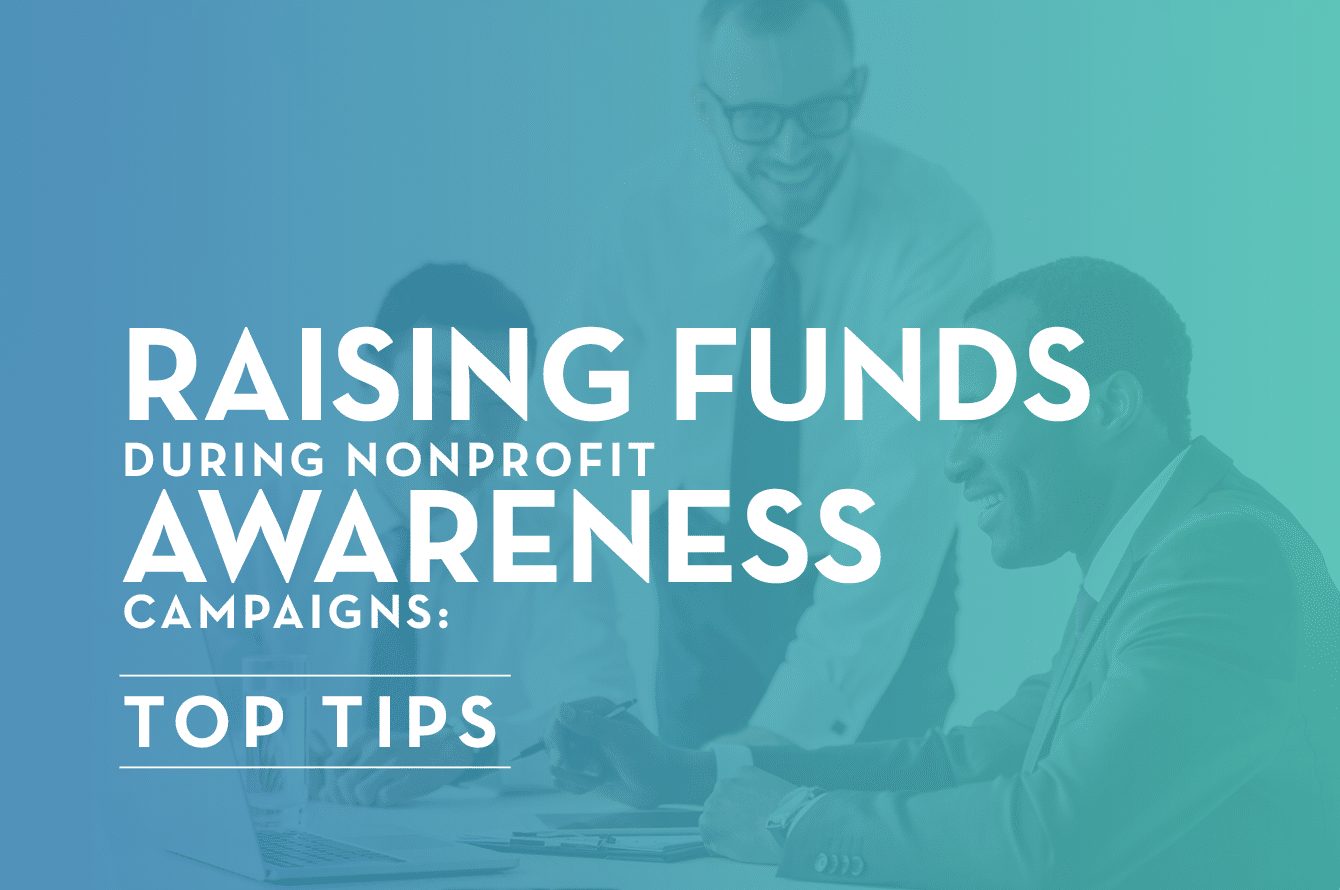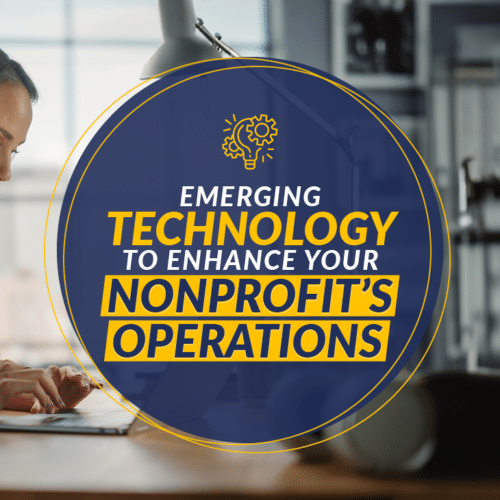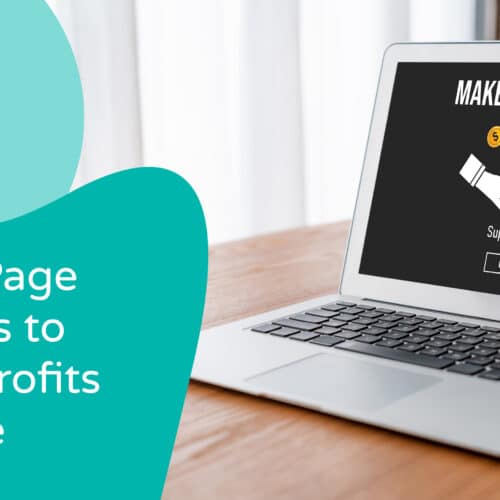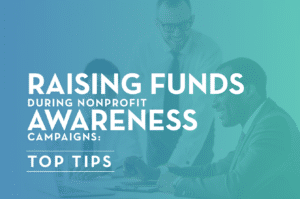
Awareness campaigns have become increasingly popular in the last decade thanks to the power of social media and other wide-reaching platforms. These dedicated campaigns shine a spotlight on important causes, helping nonprofits educate the public, rally supporters, and spark meaningful conversations. But awareness isn’t the only thing you can gain!
As you introduce your mission to new audiences, you’ll also create opportunities to acquire new donors (whether now or in the future). While fundraising may not be the primary goal of an awareness campaign, making it easy for inspired donors to give to your mission can amplify your impact. With the right strategies, you can raise awareness and funds with your next campaign. Let’s explore a few tips to help you maximize your fundraising potential.
1. Promote your donation page across channels.
The more communication channels you use to market your campaign, the more widely you can get the word out about your nonprofit’s cause. Since most awareness campaigns rely on several digital channels to reach large audiences, this presents the perfect opportunity to passively boost your online fundraising pages.
Link your donation page throughout cross-channel posts and messages to maximize your chances of capturing new donors. Even though you may not make explicit fundraising asks in these communications, it’s still important to make your online giving page easily accessible for anyone interested.
After all, some people may feel so strongly about what they learn that they want to financially support your cause right away. Make sure they’re able to!
The OneCause guide to nonprofit awareness campaigns suggests linking your core campaign and donation pages across channels like:
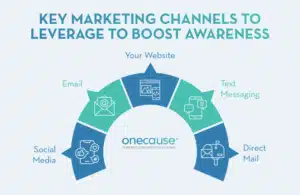
- Social media: Create eye-catching graphics, short-form videos, and posts highlighting facts and data about your cause. Point users to the link(s) in your social media profiles or bios to get more involved.
- Email: As you share informational materials and event invitations via email, include call to action (CTA) buttons at the bottom so recipients can easily access your donation page.
- Your website: If you publish educational blog posts or share news stories during your campaign, highlight what actions readers can take to make an impact. For example, you might encourage them to sign a petition, share the post on social media, or donate.
- Text messaging: Text marketing is a powerful way to share cause-related information quickly and widely. Plus, with text-to-give, you can automatically send your donation page link to interested supporters who text a keyword like “DONATE.”
- Direct mail: You can send highly personalized, impactful messages through the mail to thank supporters or invite them to events. Include a QR code, and you’ll also make it easy for donors to give online with a quick scan.
While you plan out your strategies, re-assess your donation page’s design. If you haven’t updated it in a while, analyze its accessibility and user-friendliness. Make any necessary updates to optimize the page, such as simplifying your donation form fields or reducing visual clutter.
2. Encourage supporters to become peer-to-peer champions.
Whether or not new supporters donate themselves, they may want to help your organization raise money by becoming a peer-to-peer (P2P) fundraiser. These volunteers can join your nonprofit in spreading awareness of key issues by starting their own online fundraising campaigns and reaching out to their social networks for support.
To promote this opportunity, add a short blurb about peer-to-peer fundraising to your awareness campaign page, emails, and social media profile. Then, make fundraising as easy as possible for your cause champions by taking the following steps:
- Invest in a P2P fundraising platform: These tools simplify the fundraising process by creating personal campaign pages for each of your participants. Your platform should include features like page customization, fundraising leaderboards, and social sharing buttons.
- Provide helpful resources for fundraisers: Along with a personalized page, give participants email templates and lists of best practices to help them raise more. You might share branded visuals they can use, statistics about relevant issues, etc.
- Follow up with participants to check on their progress: Assign a point of contact that peer-to-peer fundraisers can reach out to for help, and proactively follow up with them when you can. Ask if they have questions or if there’s anything else your organization can do to improve their experience.
When supporters create their personal campaign pages, encourage them to tell their own stories about the issue, cause, or their relationship with your organization. For instance, if your awareness campaign centers around researching a rare disease, a P2P participant might share the story of a family member who beat it.
3. Add fundraising opportunities to every event.
Many nonprofits center their awareness campaigns around events or large-scale giving days to spur excitement. Whether you plan to host a fun run, panel with experts, family picnic, or series of webinars, your event can double as an opportunity to raise awareness and funds. By weaving in simple fundraising elements, you can give attendees an easy way to contribute if they feel moved to do so.
Even if your event is purely educational, you should still incorporate a few fundraising opportunities for those interested in giving. These might include:
- Silent auctions or raffles
- Live donation appeals during presentations or announcements
- Signage around your venue with text-to-give keywords or QR codes
- Branded merchandise sales (stickers, hats, t-shirts, etc.)
- Informational announcements about matching gifts
Using the right event software helps you maximize your fundraising potential by providing additional tools for earning revenue. For example, a mobile bidding platform will simplify bidding on auction items, while online event tools streamline guest communication, ticketing, and check-in.
Inspiring giving with your awareness campaign
Remember to keep the focus of your awareness campaign on your mission or the aspect of your cause you want supporters to learn more about. You’ll see the best results when you use a mix of data, storytelling, and heartfelt appeals to convince your audience that your cause is worthy of support.
While you can create opportunities for inspired donors to give during your campaign, true fundraising potential lies in the new relationships you build by reaching a wider audience. Don’t rush the process! Take the time to introduce your mission, welcome them to your community, and nurture these connections over time. With thoughtful follow-up, you’ll grow a base of engaged supporters who are more likely to become long-term donors.
Author Attribution – Karrie Wozniak
Karrie has spent more than a decade bringing innovative technology and fundraising strategies to the nonprofit industry. As one of the first executives at OneCause, Karrie combines her 20 years of experience in marketing with her passion for helping nonprofits expand their reach, leading industry research, marketing strategy, and fundraising consulting initiatives. She is also an active speaker on donor and fundraising trends, and has been featured on Forbes.com, Philanthropy Journal, and Nonprofit Hub.

